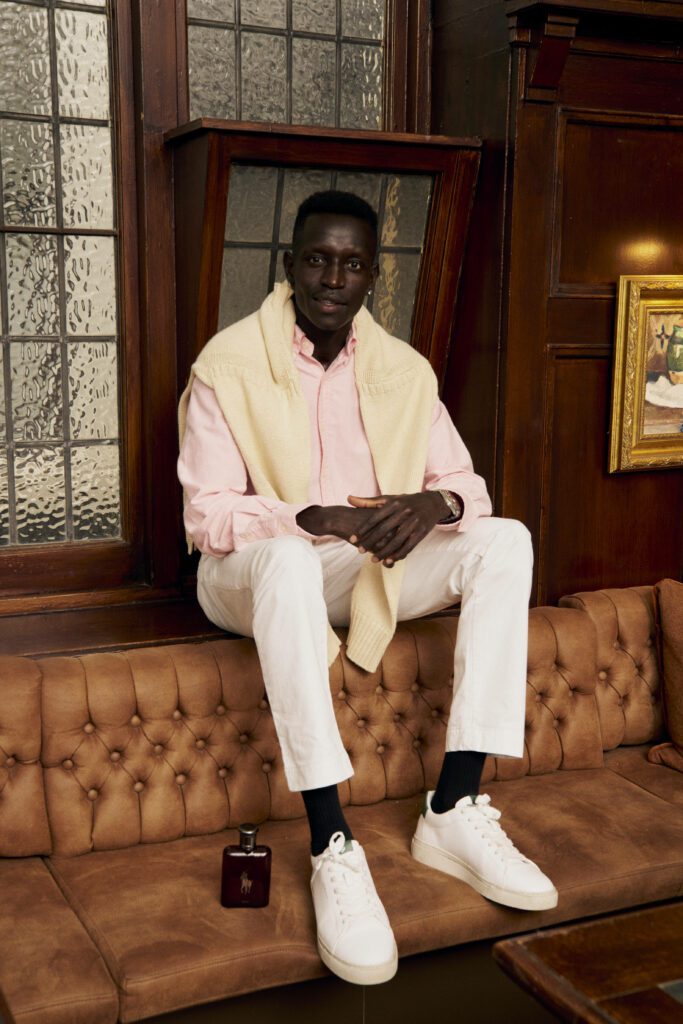As with many medical issues, there can be many reasons why you have thinning hair. From stress, to hair-styling products, to your diet and your genes, it’s important to know the culprit behind your lacklustre locks.
But the one thing that’s for sure it that you’re not alone: an estimated 35 million men are suffering from hair loss worldwide.
For men, the main cause of hair loss or thinning is genetics, but not all conditions are caused by this. Other factors have been shown to disrupt growth when severe enough, such as diet, stress, hormonal imbalances and some medical treatments. These factors can affect the hair follicles causing them to go dormant.
Here’s the thing: everyone loses 50-100 hair strands a day on average, but if you’re experience unusual hair loss, understanding the different types and causes of this loss is important in seeking treatment from a doctor. There are many types of hair loss, with these being the most common:
Androgenic alopecia
– Known as male-pattern baldness in men, this refers to the general thinning of hair growth. Terminal hair growth (normal hair) is converted to vellus hair (thin, short and unpigmented hairs).
– Causes: Genetics, age and hormonal changes.
Alopecia areata
– Sudden and unpredictable patchy hair loss. It can progress to total head hair loss (alopecia totalis) and total body loss (alopecia universalis).
– Causes: An autoimmune disease causes the body’s immune system to attack hair follicles.
Telogen effluvium
– Large numbers of hair follicles are induced into their resting phase (telogen), resulting in increased hair shedding – typically over 200 strands a day. This can be a short or long-term condition that develops two to three months after the triggering cause.
– Causes: Systemic diseases, weight loss, drugs, illness, stress, iron deficiency and scalp inflammation.
Traction alopecia
– Hair loss along the front and sides of the scalp caused by a persistent, prolonged or repetitive pulling force being applied to the hair.
– Causes: Hair weaves, tight pony-tails and braiding techniques.
How to help reduce hair loss
There are limits to how much you can do to reduce hair thinning and loss, but some approaches do help. Ensuring that you have a balanced diet with enough Vitamin D, Vitamin C & Iron is a great place to start but beware of going overboard with supplements as some of them such as Vitamin A could hinder growth.
Some poorly formulated shampoos can cause irritation to the scalp, so swapping to a milder alternative could help keep your scalp in good condition and a healthy scalp has been linked to hair growth. There is a compound called Minoxadil which is clinically proven to reduce certain types of hair loss. It does this by reducing the time that hair follicles are in their resting phase, telogen, and increasing the time spent growing, anagen.
Finally, it is also important to look after the hair that you are growing, including during your styling routine!
How to style thinning hair
If you are experience thinning hair, there are certain hair styles that can give the appearance of a fuller head.
Consider hair styles with minimal parting, a fringe, or even try a combover that’s swept to the side to disguise a receding hairline. Coloured hair sprays can also be an option to add shading to the scalp area.
During styling, it’s best to be gentler to your hair and scalp. While drying and styling hair, you should minimise excessive heat, and this is easiest with a controlled airflow and temperature. Be kinder to your scalp by using the Gentle air attachment (like the one on the Dyson Supersonic™ hair dryer) as they use a gentle, cooler airflow while still drying hair fast.
Extreme heat can cause chemical changes to both the proteins and fats within your hair, this causes it to become weaker and more likely to break, which can reduce the amount of hair covering your scalp. Colouring and especially bleaching of hair can also cause weaken your hair, especially if done frequently.
















